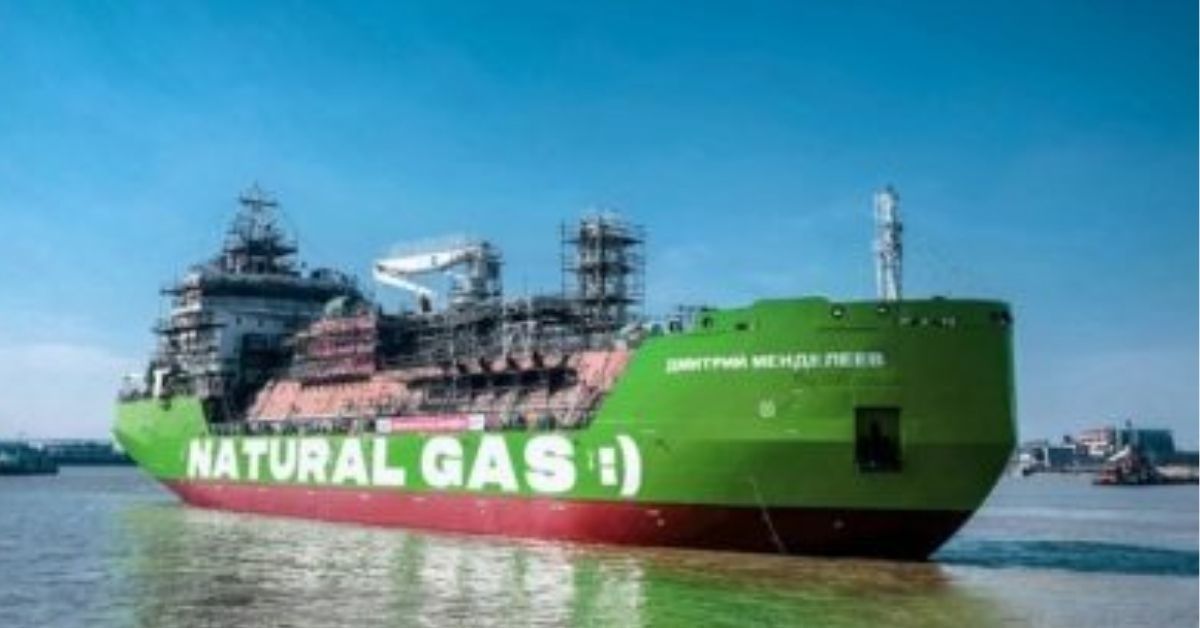Gas prices in Europe jumped by 20% on June 14 to around €121 per mega-watt-hour, which equals to US$37 per thousand cubic feet (Mcf). This is particularly as Russia tightens the supplies and the timing coincides with a recent fire at a US gas liquefaction facility causing shortage of natural gas supplies to Europe.
On June 14, Gazprom, Russia’s state-owned gas company, curtailed gas exports to Germany via the Nord Stream 1 pipeline by 40%. The reason for cutting the supplies was due to Siemens delaying the return of turbines needed to repair the pipeline. Siemens had transferred the turbines to one of its Canadian sites for servicing, but due to sanctions placed on Russia, Canada refused the business from exporting the rebuilt turbines out again. Nord Stream 1 has capacity to ship about 5.9 billion cubic feet (Bcf) of gas per day.
On June 15, Gazprom announced it would cut its Nord Stream 1 deliveries by a further one-third to just 2.4 Bcf daily beginning June 16. In addition, Gazprom cut its natural gas deliveries to ENI, a major Italian energy company by 15%. ENI does not receive any gas through Nord Stream 1. No reason was given for the action against ENI.
These actions follow Russia’s late April decision to stop exporting natural gas to Poland and Bulgaria because the countries refused to pay for the gas in Russia rubles. In March, Russia unilaterally changed the terms of its supply contracts with “unfriendly countries” to require payment in the Russian currency. European natural gas consumers are paying around five times that for their natural gas, and much of this differential is due to Russian retribution for Europe’s supportive posture toward Ukraine.







